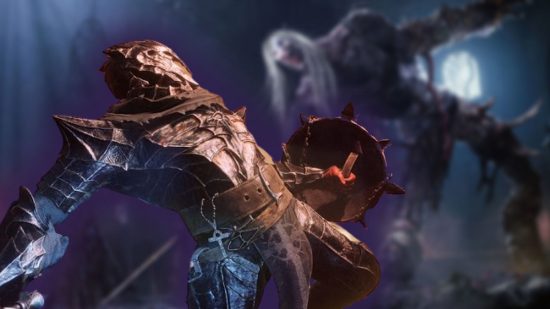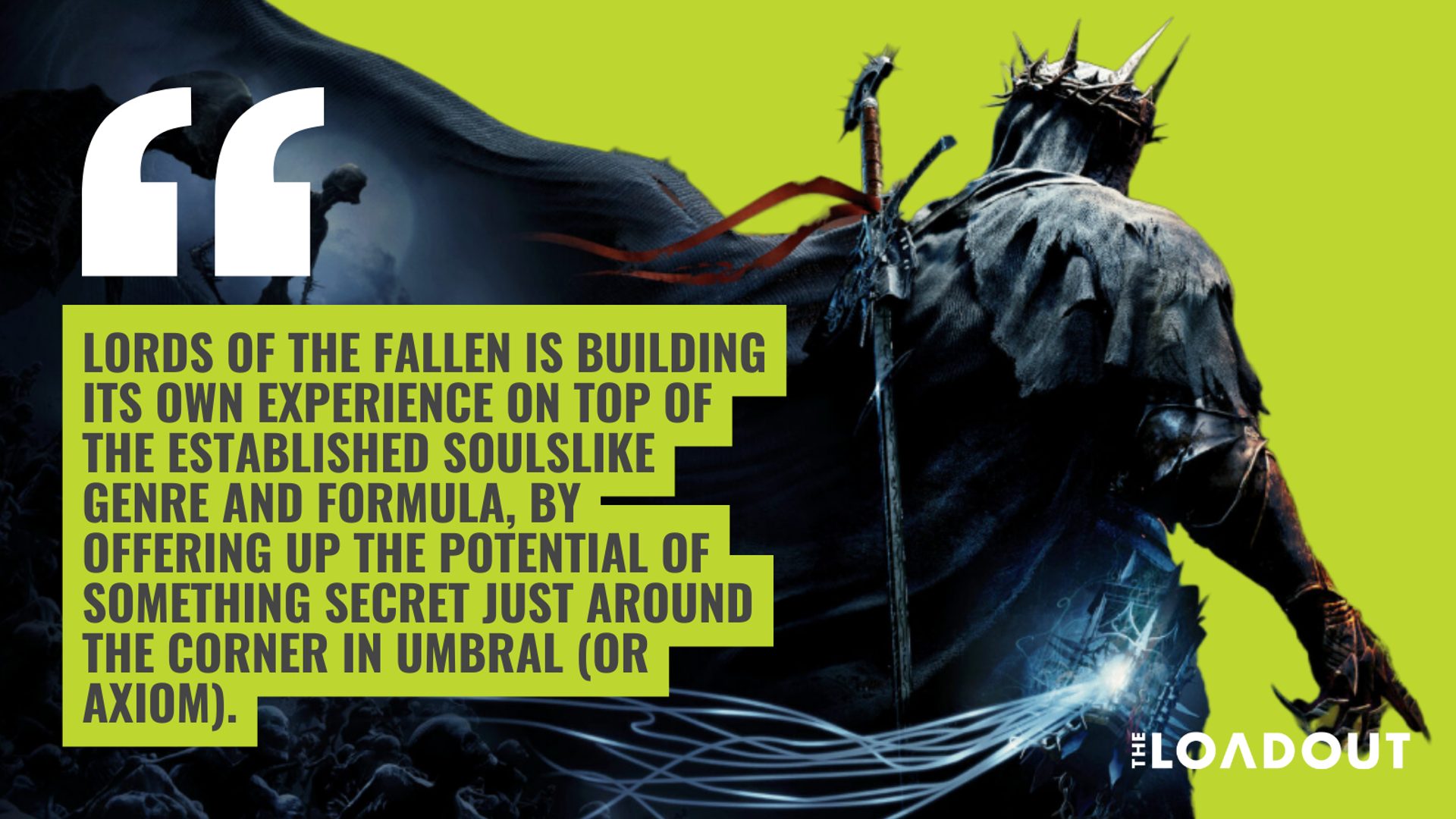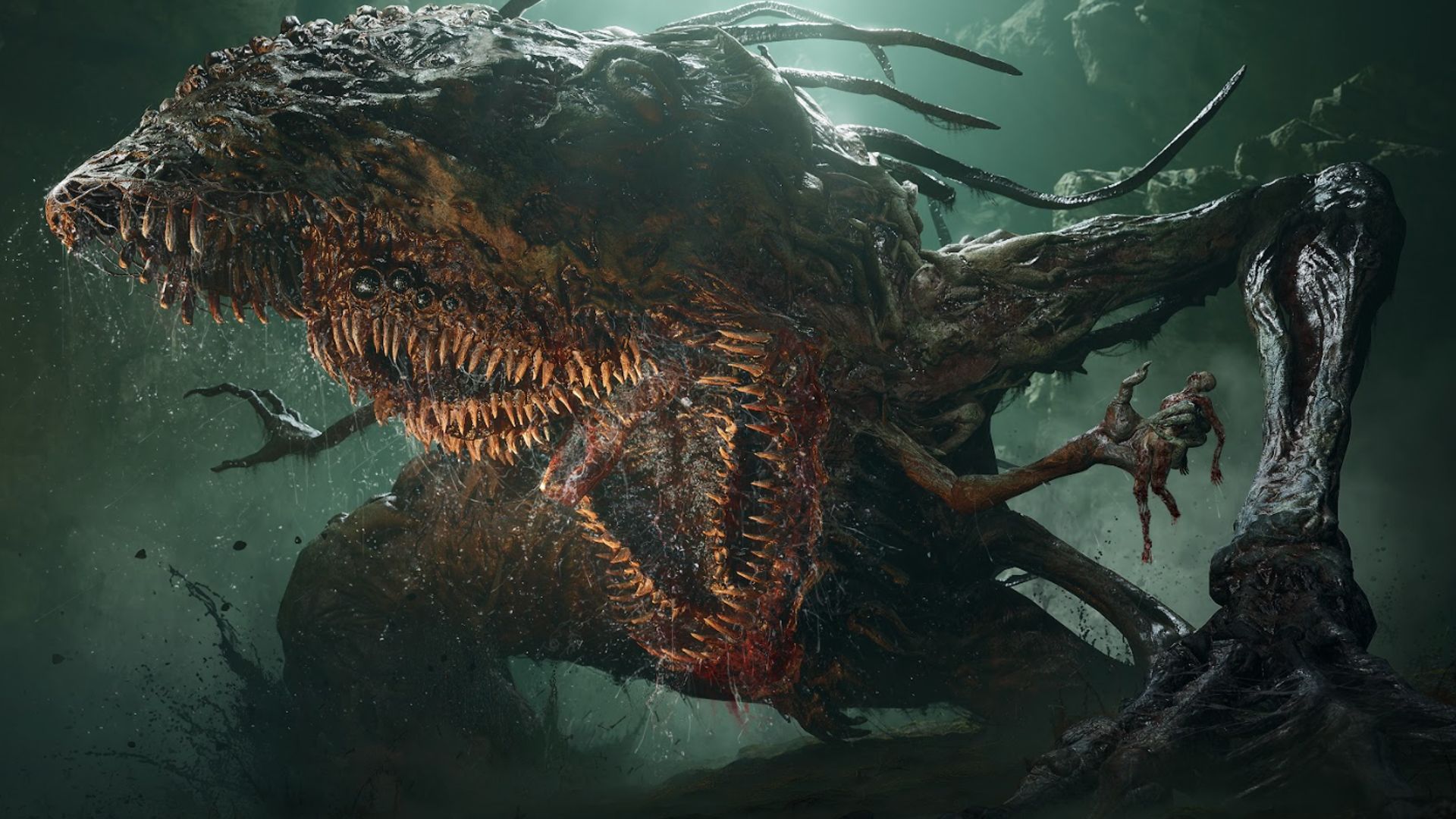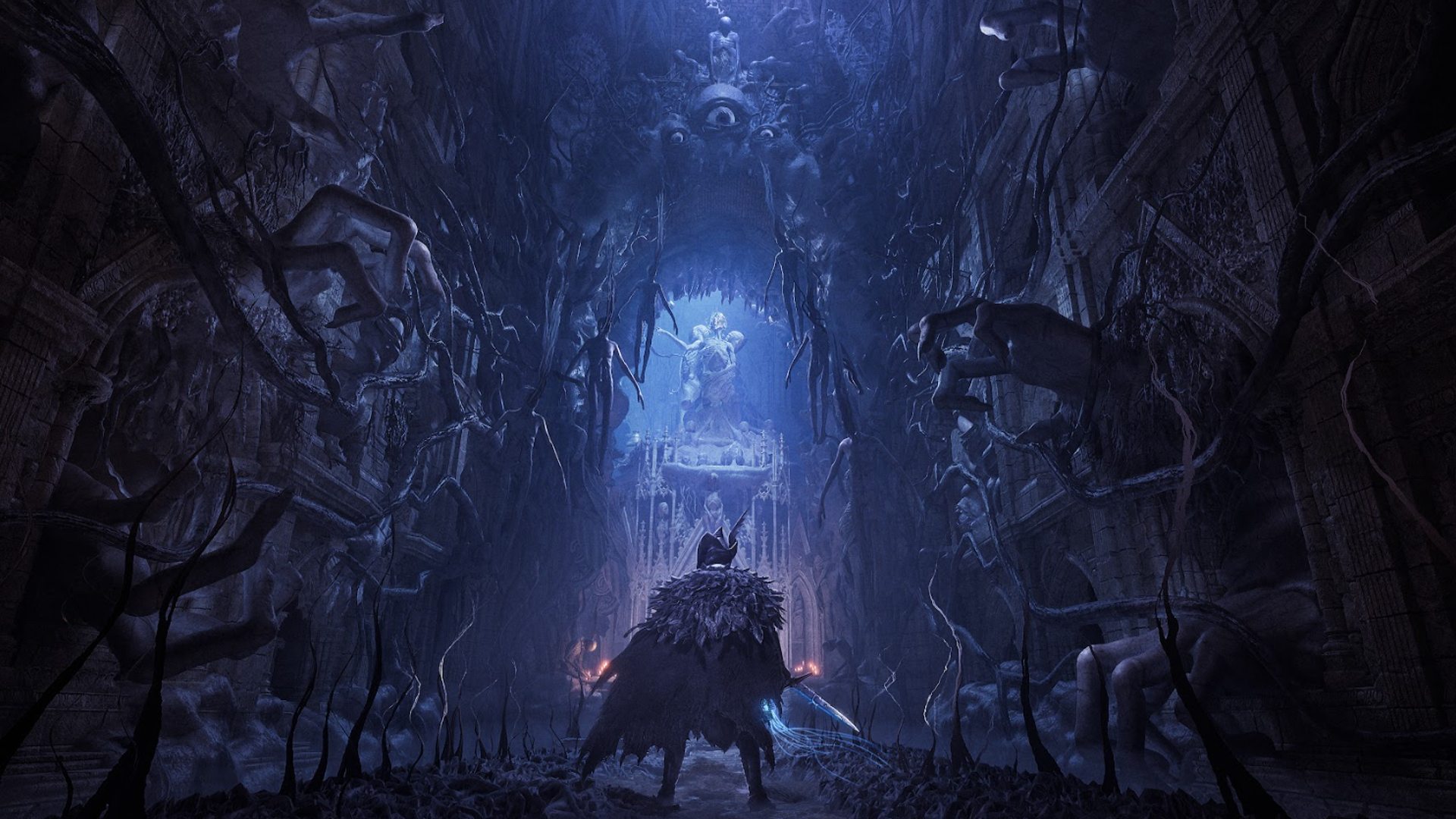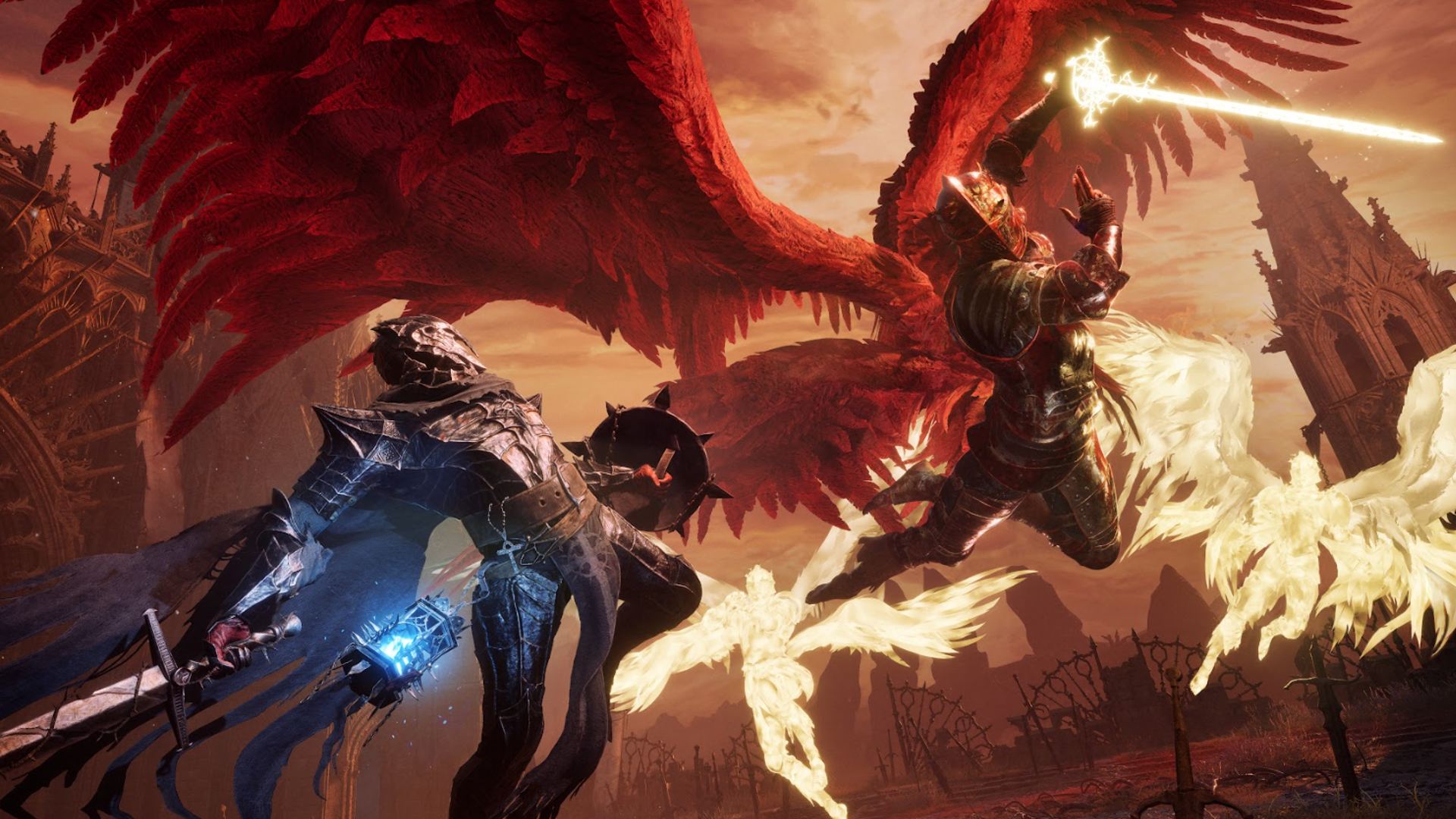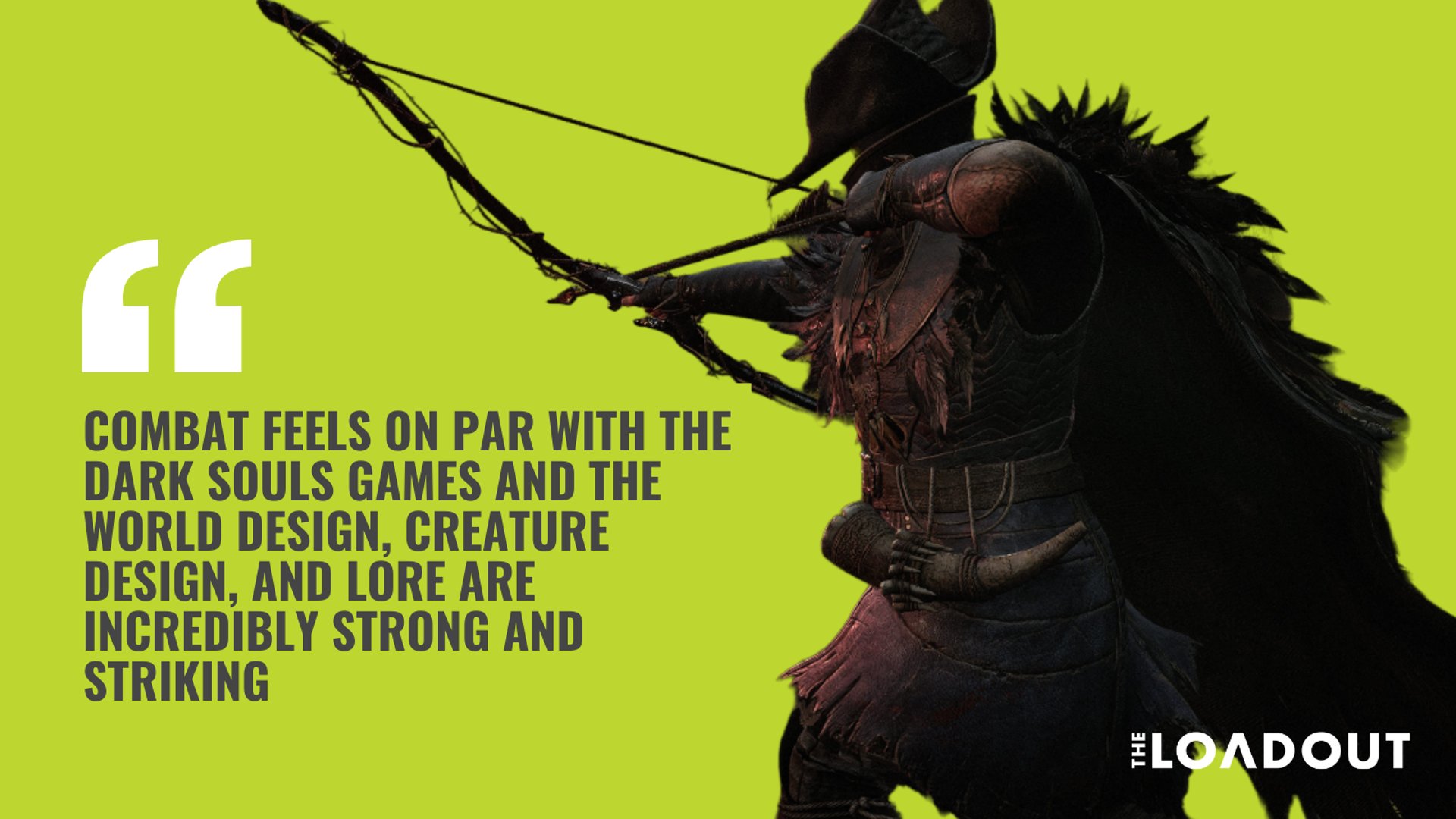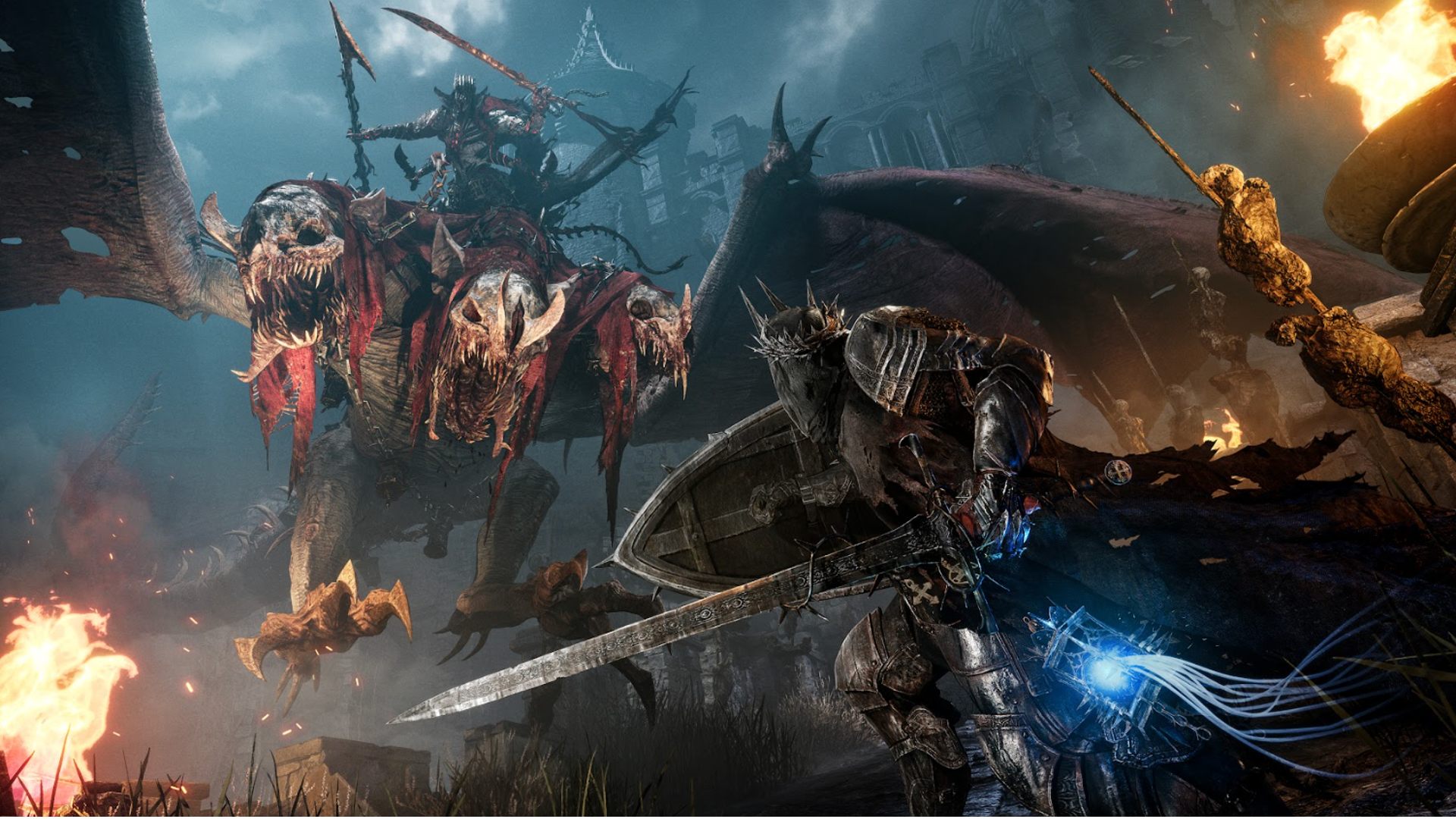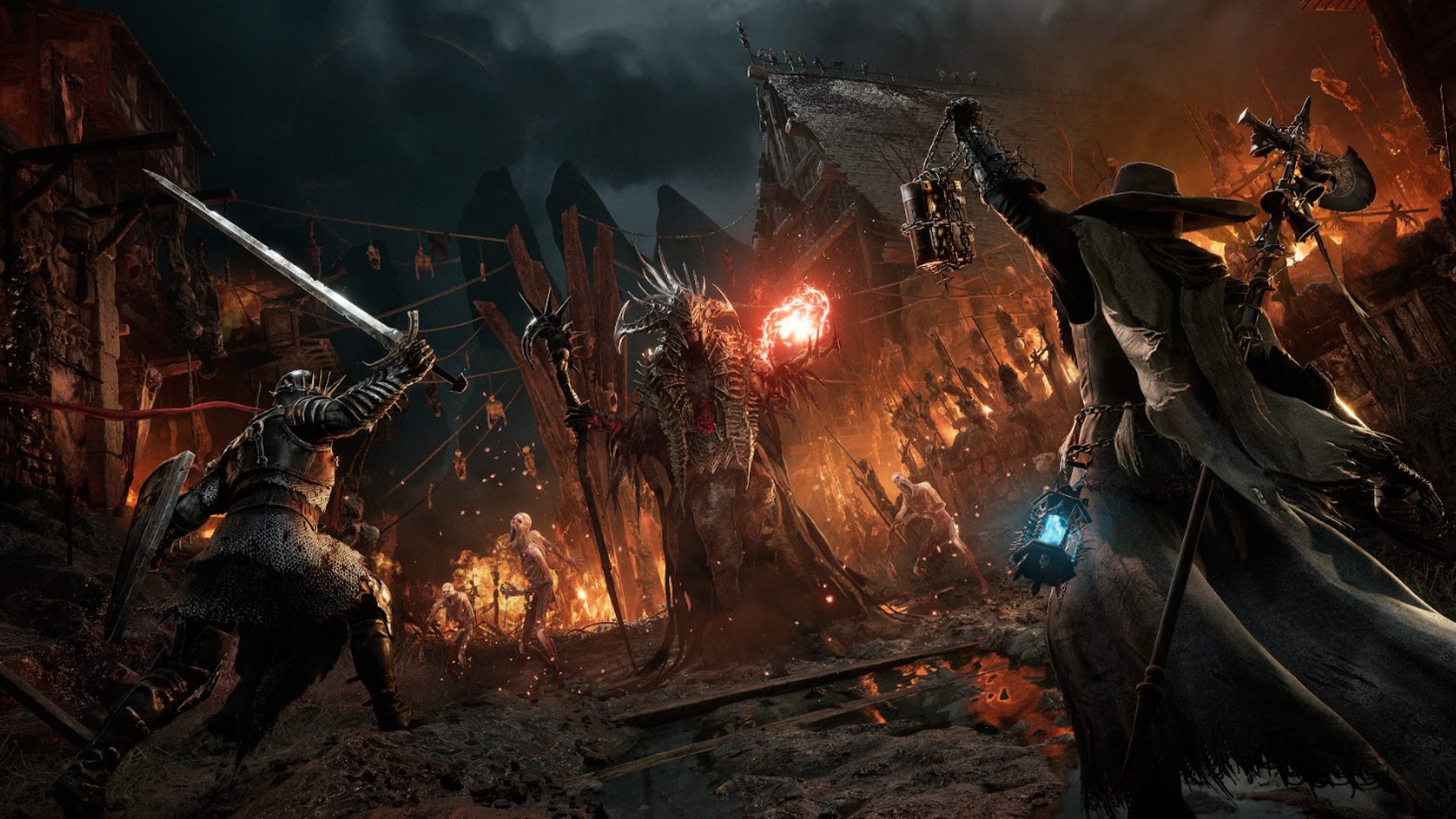The 2010s were the decade of Dark Souls ripoffs that didn’t do much to shake up the formula. Largely they tried to replicate what FromSoftware did and change the setting, location, or period. The original Lords of the Fallen is the perfect example of this. But, the 2020s feel like the decade that soulslikes are reinventing themselves, implementing ideas of their own, and trying to have fun with the genre.
With this in mind, the Lords of the Fallen reboot follows on from Elden Ring, Remnant 2, and Star Wars Jedi Survivor with some fascinating gameplay additions that create a layered, intricate world that kept me hooked during my recent play session.
As I took the tube down to Shoreditch in London last week to play about three hours of the game, I didn’t have high expectations. The first Lords of the Fallen isn’t beloved. There are a lot of creative decisions that haven’t aged well and some of the gameplay for this reboot hasn’t looked as smooth as it could in trailers. But after seeing three areas, what stood out the most is how the dual worlds of Axiom and Umbral layered on top of each other create an entirely new set of possibilities and gameplay dynamics that shake things up.

Being able to hop into the eerie, Lovecraftian-esque, malformed, undead world of Umbral at any point effectively means you can sacrifice your life to discover new pathways, entirely new items, and pathways that were previously locked. One of the earliest examples of this is in the game’s hub where I was greeted with a locked gate at the end of a corridor. However, upon hopping into Umbral I found the gate wasn’t there and could continue onward discovering secrets, new NPCs, areas, and more.
Entering Umbral does come at a cost. Enemies are often in larger packs and the longer you stay in the world the tougher enemies will get. Generally, it is stressful being in Umbral, but not overwhelmingly so.
You don’t have to fully enter Umbral though, you can peer into Umbral with a lamp at any time, creating a small looking glass into Umbral in front of you at any point. So, you can find new areas and cross some bridges to reach inaccessible items in Axiom, simply by looking into Umbral.
For example, that gate I mentioned earlier. I didn’t have to actually jump into Umbral, I could have just held my lamp up to have the door vanish in front of me and walk through.
This is used throughout the game, from these simple scenarios to more complex ones. You can even use it during boss fights. The final boss I fought, The Consecrated Flesh, would often spit out poison and toxic clouds, preventing me from getting near it. But, another journalist next to me let me know the true source of the boss’ power. Hidden in Umbral there was an ‘Umbral Parasite’ bound to the boss granting him these extra powers and abilities.
So, by peering into Umbral from Axiom with my lamp, I could see this parasite hiding behind the boss, shine my light on it, and destroy it. This removed those buffs for a while and allowed me to get much closer to the boss for longer, making the fight easier. It was a creative, inventive way to tie the two worlds together and make both of them important, and I suspect there are other secrets like this throughout the game.
Additionally, if you happen to get hit when using this mechanic you will instantly be transported into Umbral, only able to escape upon death or finding a Vestige to transport back to the world of the living. So, it is risky to be peering through your lamp at any point as an enemy could come out of nowhere and attack you from the side or around a corner. It does a great job of reflecting the tension and stress you feel in Umbral in small doses while you are in Axiom.
The two worlds and the effect they have on each other is an ingenious creative decision as it adds a deeper layer of player discovery that I loved during my time playing. Instead of heading from A-B in a straight line, killing everything in my path, I was turning back on myself, exploring areas in circles in both Axiom and Umbral, looking for every secret or mystery I could find, or easier ways to approach encounters.
Lords of the Fallen is building its own experience on top of the established soulslike genre and formula, by offering up the potential of something secret just around the corner in Umbral (or Axiom). While this has existed in soulslikes, the dual worlds mean this feeling, and these gameplay moments, are far deeper and more intricate. More often than not in my time playing I found something hiding where I suspected something to be – whether it was a new pathway or just an upgrade to my gear.
That gameplay loop alone makes Lords of the Fallen unlike any other soulslike I have played, but the rest of the experience is also surprisingly refined. Combat feels on par with the Dark Souls games and the world design, creature design, and lore are incredibly strong and striking from the opening hours I played.
Here, Hexworks goes back to classic Dark Souls with an interconnected world, looping into itself, split up by areas – rather than the map being a large landmass to explore. It doesn’t feel dated either with the unique world design and gameplay systems layered onto that classic experience.
However, my time with the game wasn’t flawless. While I enjoyed a lot of what I experienced, I did run into a problem the genre hasn’t solved for many many years. The camera struggles at times to cope with confined interior spaces and in the early hours of the game, and there are a lot of them. When I fought The Consecrated Flesh boss, my camera often got stuck in between myself and the boss’ giant fleshy body and I was unable to see what was happening. A similar thing happened in another boss and many other tight, enclosed areas.
During large open spaces and wide arenas, the camera doesn’t struggle at all, but those enclosed spaces sour the experience when you have several of them back to back. They don’t completely ruin it but I did find myself wishing I was able to at least judge my surroundings, see attacks, know when to dodge, and see where I could roll out of the way to heal.
Additionally, the sound in Lords of the Fallen isn’t the best. It feels like the area of the game that got the shortest straw in terms of time or budget. Hits don’t quite have the impact you would want and some sound effects feel flat or mismatched with the high production values you see on display in the world and enemy design.
The lack of music also stuck out, leading the world to feel a bit lifeless when you are exploring areas outside of bosses and large fights, which was disappointing because some haunting melodies would match the world Hexworks has created here so well.
But despite those problems, I came away incredibly excited for the full release of Lords of the Fallen. It has a lot more going on under the hood than you initially think. The responsive combat, interesting puzzles, and creativity on display suggest that it will be a soulslike worth your time.
